The bond between books and video games seems like an obvious one since many games set out to tell a good story. As a result, there are plenty of games that started life as or were directly inspired by words on a page.
While these games tend to do well, not everyone knows the truth about where their stories came from. Here are some of the most successful franchises that started life as books or were heavily inspired by stories, novellas, and poems.
10
The Witcher Is Both a Book and a Game
The Witcher was inspired by the book series of the same name by Andrzej Sapkowski. The game does not follow the exact plot of the books but instead continues the story and expands on the world built in the novels.
The game takes place roughly five years after the events of the last book, The Lady of the Lake. It also has a television spin-off that uses the book for its inspiration.
The games find a way around some big (spoilery) events by using an idea from the final book about how legends and stories live on. The team at CD Projekt Red was big fans of Sapkowski’s work, and the game does a good job bringing the characters, setting, and overall feel of the books to life.
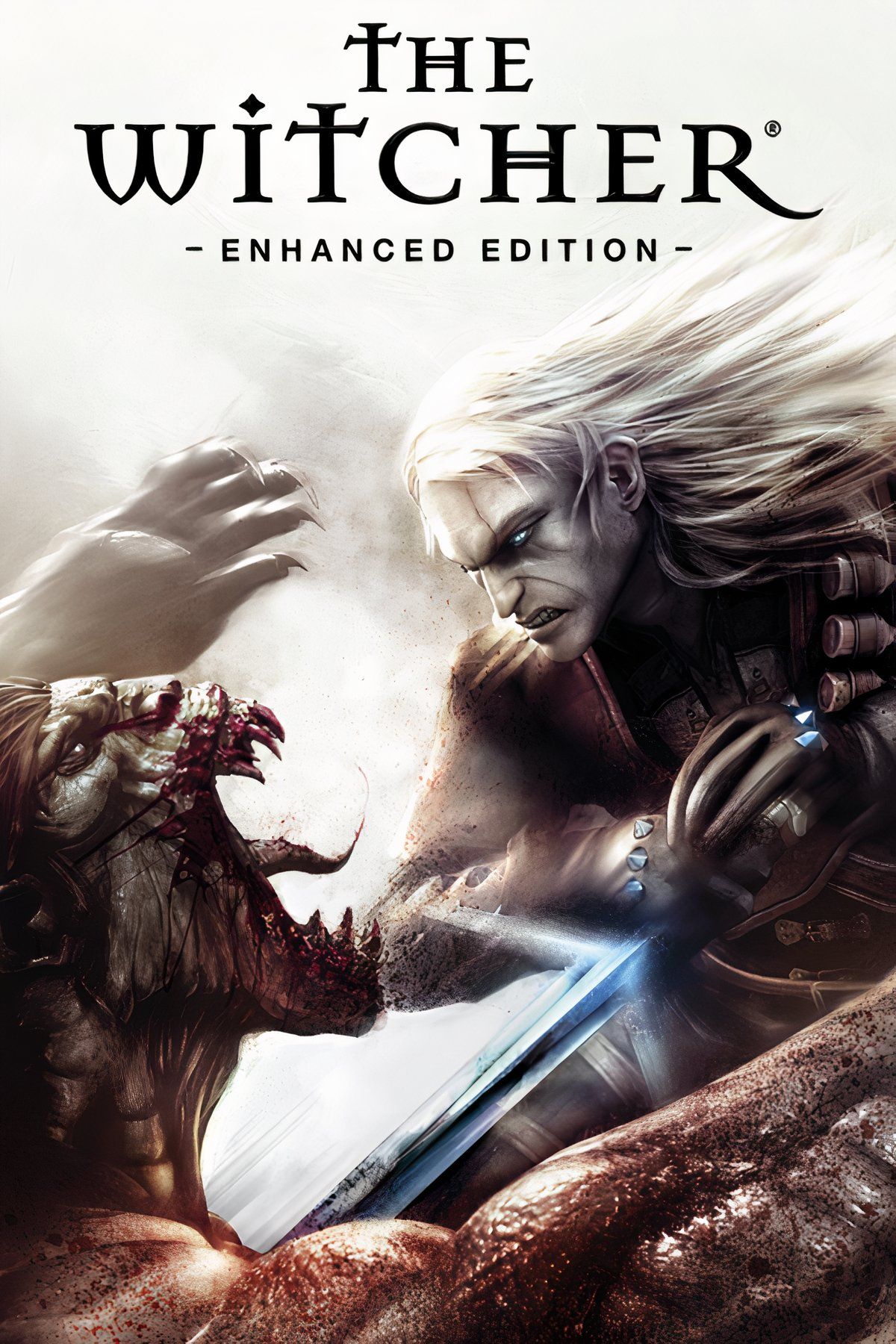
The Witcher

- Released
-
October 30, 2007
- ESRB
-
m
- Developer(s)
-
CD Projekt Red
- Publisher(s)
-
Atari, CD Projekt
- Engine
-
Aurora Engine
9
Black Myth: Wukong Continued Journey to the West
Black Myth: Wukong was influenced by the classic Chinese novel Journey to the West. The game is not a straight retelling of the novel’s main story. Instead, it takes place after the events of the book, which is a new storyline.
It looks at Sun Wukong’s ongoing challenges and his search for a quiet life on Mount Huaguo after becoming a Buddha. You act out what happens, but the gameplay is also a great hook.
The game includes many elements from the original novel. It features lots of characters and their backgrounds from the book, such as Sun Wukong, Zhu Bajie, Erlang Shen, and various demons like the Black Wind Demon and Yellow Wind Demon, giving them new roles in the game’s story.
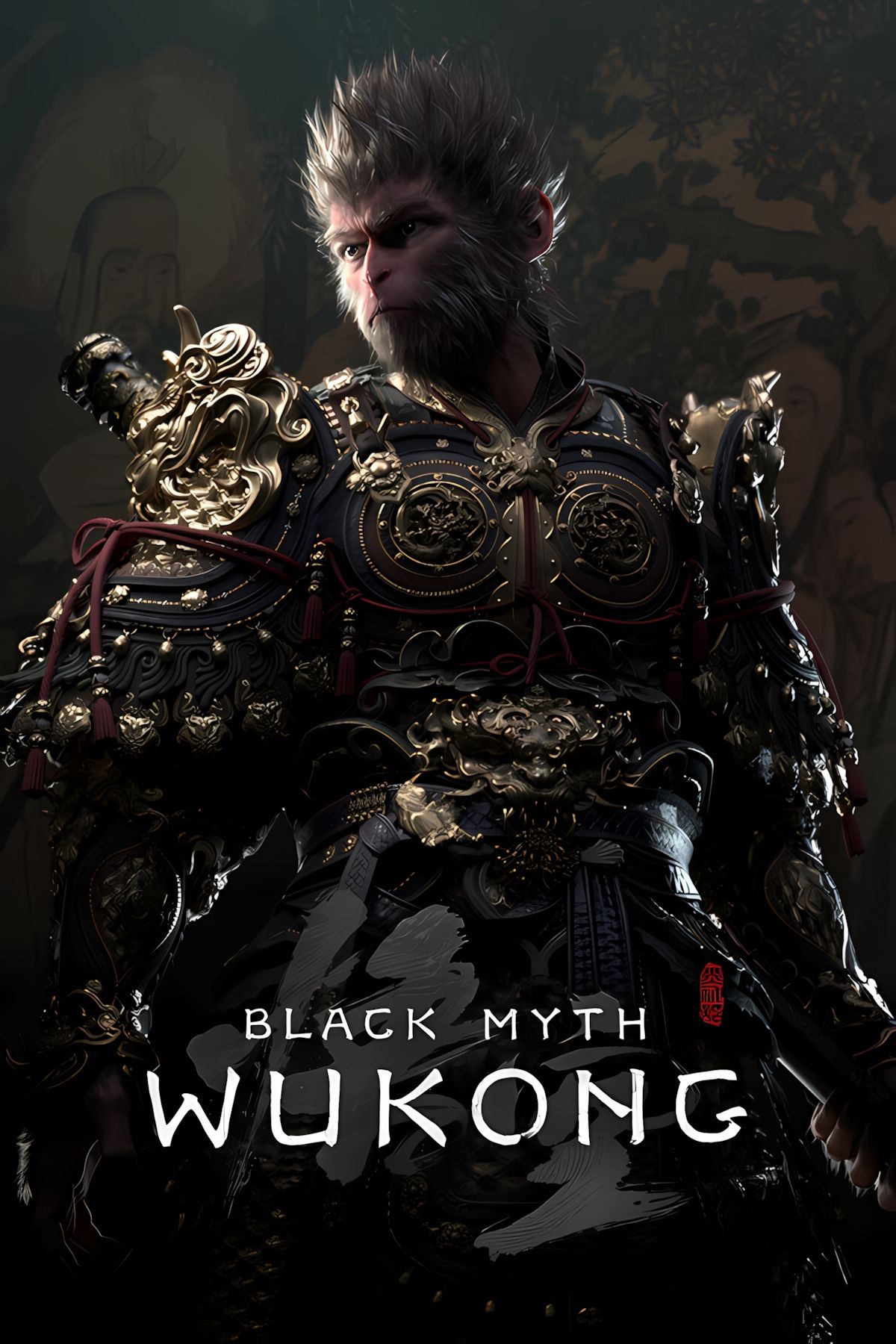
Black Myth: Wukong


- Released
-
August 20, 2024
- ESRB
-
M For Mature 17+ // Blood, Violence
- Developer(s)
-
Game Science
- Publisher(s)
-
Game Science
8
Assassin’s Creed Took a Lot From Alamut
Assassin’s Creed was influenced by Vladimir Bartol’s novel Alamut and took a lot of inspiration from this classic novel. While the game is not an exact retelling of the book, it uses names, ideas, and themes from it.
One of the biggest connections is the Assassin’s well-known saying: “nothing is true; everything is permitted.” This phrase comes from Alamut, though in the book, it is slightly different: “Nothing is an absolute reality; all is permitted.”
Both the game and the novel are based on the real historical Hashshashin, a secret order of assassins. The game’s title refers to the Hashshashin fortress, Alamut, and the Assassin’s main base in the first game is the castle of Alamut.
7
S.T.A.L.K.E.R. Was Roadside Picnic’s Child
S.T.A.L.K.E.R. was inspired by the book Roadside Picnic by Arkady and Boris Strugatsky. The game does not follow the novel’s main story directly. Instead, it takes key ideas and themes from Roadside Picnic and creates its own setting and narrative around them.
The game uses the “Zone” idea but sets it in the Chornobyl Exclusion Zone after a made-up disaster in 2006. Just like in the book, the Zone in the game is a dangerous area where anomalies appear, and rare artifacts with strange effects can be discovered.
The people who risk their lives exploring these areas for artifacts are called “stalkers” in both the book and the game. It feels like Roadside Picnic set up the world and S.T.A.L.K.E.R. continued with its own version of the events.

S.T.A.L.K.E.R.: Shadow of Chernobyl
- Released
-
March 20, 2007
- ESRB
-
M For Mature 17+ Due To Blood and Gore, Intense Violence, Strong Language, Use of Alcohol
- Developer(s)
-
GSC Game World
- Publisher(s)
-
THQ
- Engine
-
x-ray engine
6
Dynasty Warriors and The Romance Of The Three Kingdoms
Dynasty Warriors is inspired by the novel The Romance of the Three Kingdoms by Luo Guanzhong. The games borrow heavily from the characters and events in the novel, though they often change or exaggerate things for creative reasons.
You will meet many famous figures from the book and history, such as Cao Cao, Liu Bei, Sun Quan, Guan Yu, and many more, though they may look and act differently than in the original novel or real history. The levels in the games often recreate famous battles from the novel’s story.
The games generally follow the real historical events of the Three Kingdoms period, including the rise and fall of different kingdoms. Also, the games keep themes, values, and perspectives tied to the culture.

Dynasty Warriors

- Released
-
February 28, 1997
- ESRB
-
T // Animated Blood and Gore, Animated Violence
- Developer(s)
-
Koei
- Publisher(s)
-
Omega Force
- Multiplayer
-
Local Multiplayer
- Franchise
-
Dynasty Warriors
5
Bioshock Was Inspired by Atlas Shrugged and The Fountainhead
BioShock draws heavily from Ayn Rand’s novels Atlas Shrugged and The Fountainhead. It uses Rand’s ideas, especially Objectivism, which promotes individualism and self-interest while opposing collectivism, to shape its story and setting.
The underwater city of Rapture is the biggest example of Rand’s Objectivism in the game. Its creator, Andrew Ryan, designed it as a perfect escape from a surface world he believed held back exceptional people.
You hear about his ideas through quotes and audio recordings hidden around Rapture. The famous twist involving the phrase “Would you kindly?” touches on the philosophy of free will and makes you question how much power you really had.
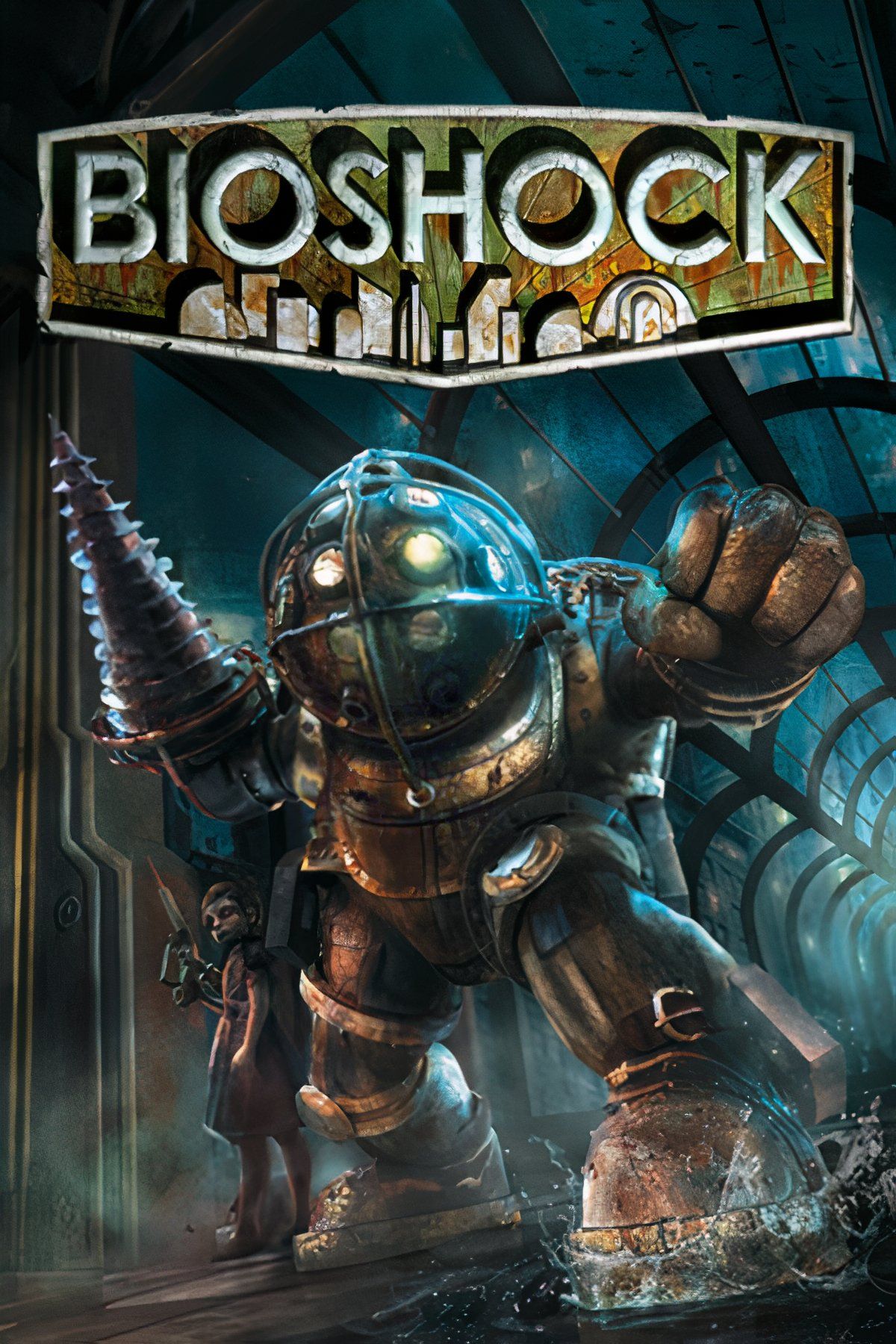
BioShock
- Released
-
August 21, 2007
- ESRB
-
m
- Developer(s)
-
Irrational Games
- Publisher(s)
-
2K Games
- Engine
-
havok, unreal engine 2.5, unreal engine 3, vengeance engine
4
Spec Ops: The Line Was Heart of Darkness in a Game
Spec Ops: The Line is not a direct retelling, but it takes key themes and storytelling structure of Joseph Conrad’s novella Heart of Darkness. The main shared idea is the journey into a chaotic and isolated place that represents a fall into psychological darkness.
In Heart of Darkness, the journey is along the Congo River, and Spec Ops: The Line puts you in a Dubai that has been destroyed by sandstorms. Both the novella and the game involve searching for a character.
Both stories explore the idea that people who consider themselves “civilized” can still commit horrific acts. As you progress through the game, your character and his team visibly and mentally break down, showing this decline into madness or savagery. Unfortunately, despite how good it is, the game didn’t receive widespread attention on release.
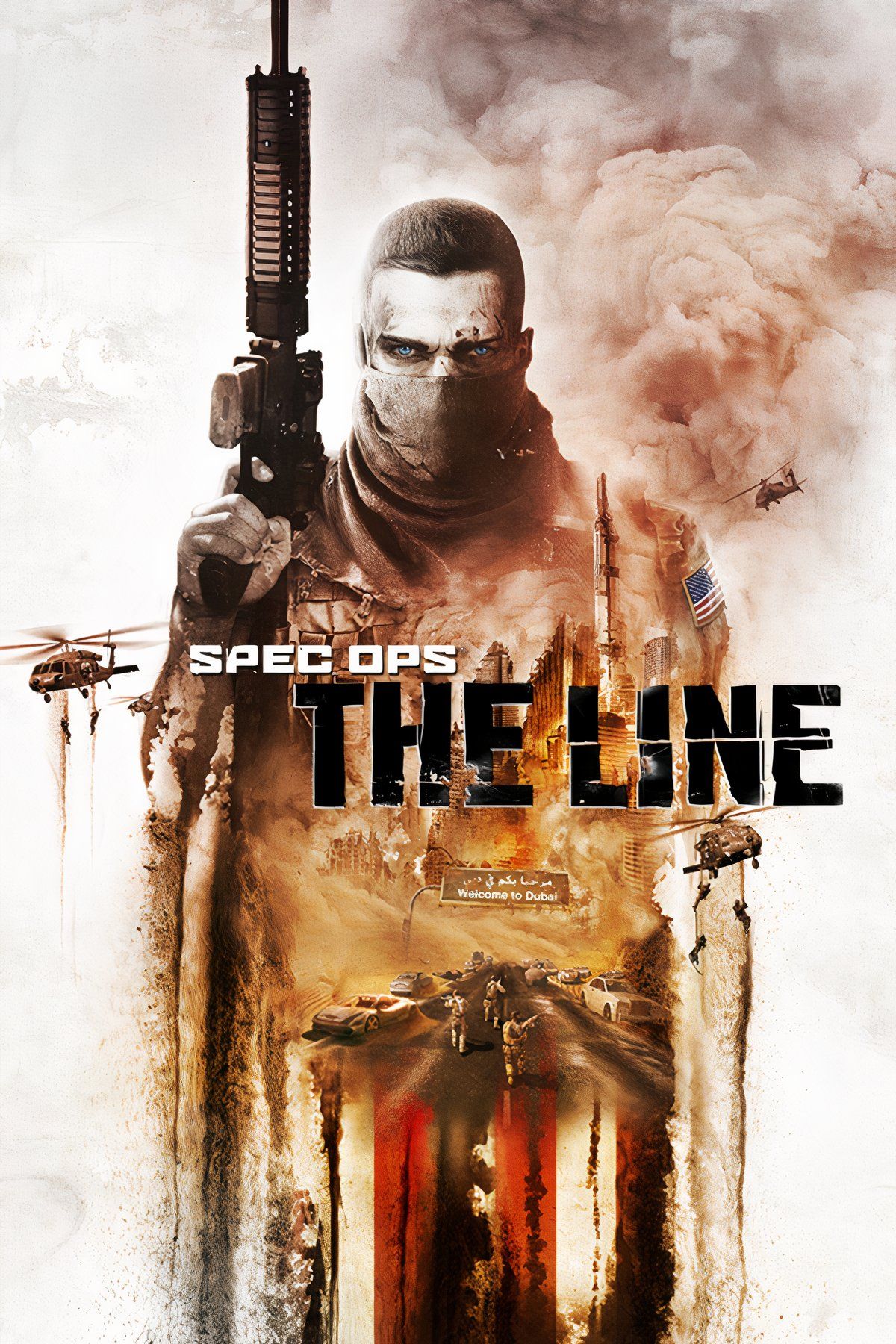
Spec Ops: The Line
- Released
-
June 26, 2012
- ESRB
-
M For Mature 17+ Due To Blood and Gore, Intense Violence, Strong Language
- Developer(s)
-
Yager Development
- Publisher(s)
-
2K Games
- Engine
-
havok, unreal engine 3
3
Devil May Cry Took a Lot From The Divine Comedy
The Devil May Cry series takes a lot of inspiration from Dante Alighieri’s poem The Divine Comedy. It uses the source material as a starting point rather than following it directly.
The influence is most obvious in the characters. The main character, Dante, shares his name with the poem’s protagonist. His twin brother is named Vergil, after the Roman poet who leads Dante through Hell and Purgatory in the poem.
Some locations and ideas in the games also reference the poem. For example, the tower Temen-ni-gru in Devil May Cry 3 can be seen as a nod to the Mount of Purgatory, though in the game, it is shown as part of Hell.
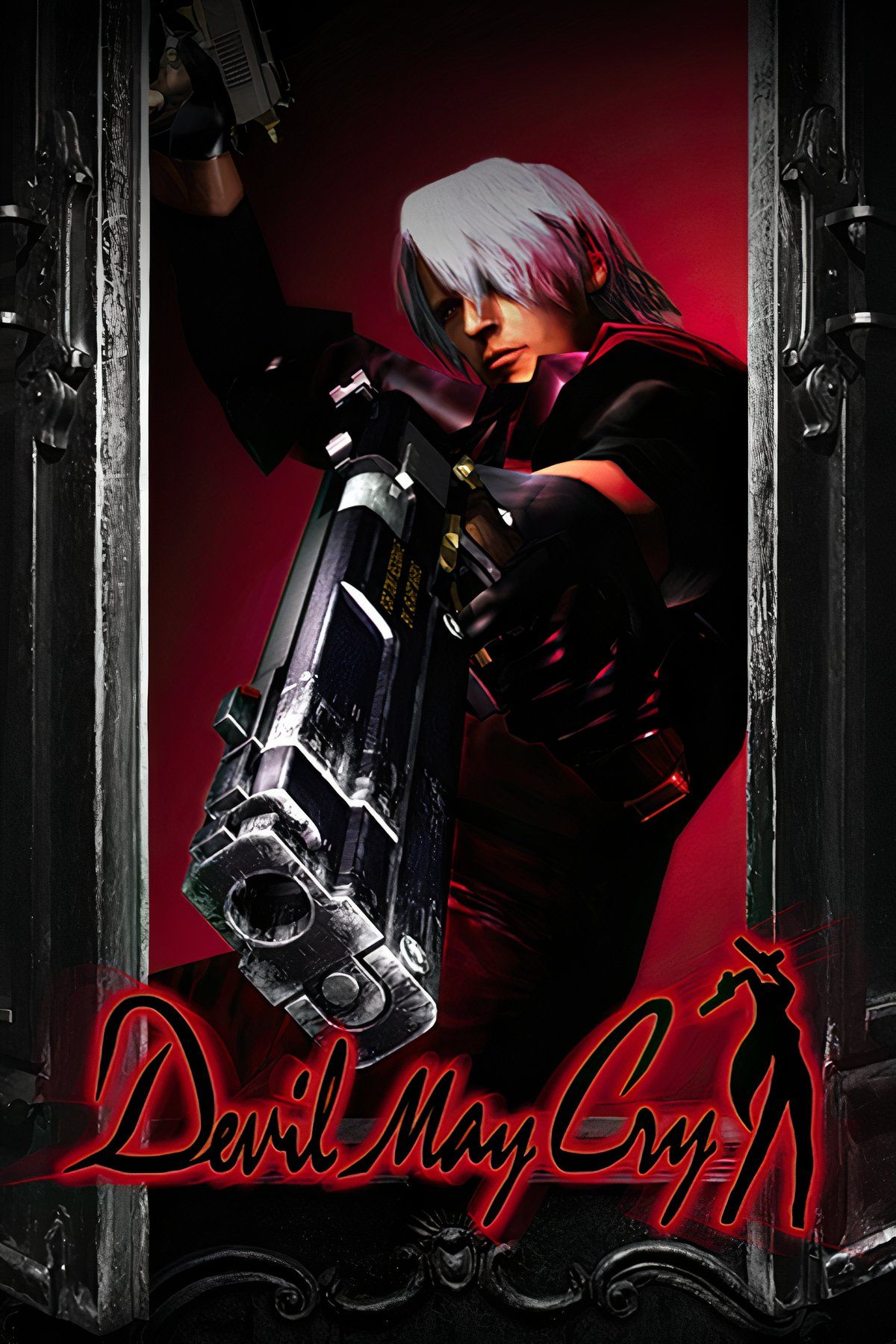
Devil May Cry
- Released
-
October 16, 2001
- ESRB
-
m
- Developer(s)
-
Capcom Production Studio 4
- Publisher(s)
-
Capcom
2
Far Cry Took Ideas From The Island of Doctor Moreau
The first Far Cry game took a lot of ideas from H.G. Wells’ famous science fiction book, The Island of Doctor Moreau. The connection is obvious in the main story and location.
Just like in Wells’ novel, the game sends you to a hidden tropical island. There, you discover a plot involving a crazed scientist who is running genetic experiments to make bizarre and frightening monsters.
You play as Jack Carver, a former special forces soldier who gets stranded on the island and ends up involved in the dangerous events happening there. This storyline, with its scientists and mutated creatures, is a direct reference to The Island of Doctor Moreau, where Doctor Moreau builds hybrid human-animal beings.
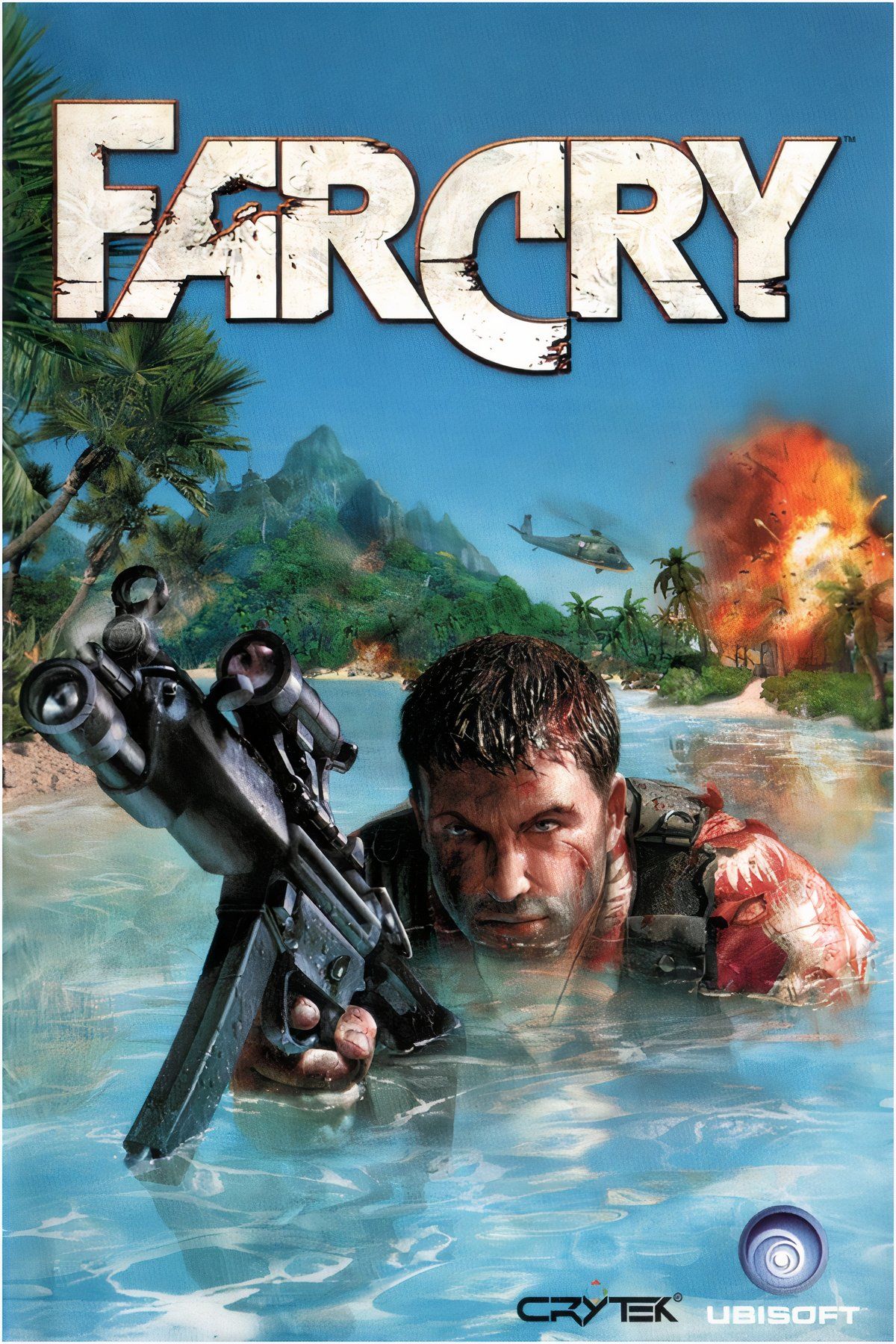
Far Cry
- Released
-
March 23, 2004
- ESRB
-
M For Mature 17+ Due To Intense Violence, Blood
- Developer(s)
-
Crytek
- Publisher(s)
-
Ubisoft
- Engine
-
CryEngine
1
Fallout Followed A Boy and His Dog
The Fallout series has plenty of media that inspired it, but one was Harlan Ellison’s short story A Boy and His Dog. Both the story and the game take place in a post-apocalyptic future caused by nuclear war.
Their worlds have underground nuclear vaults where people survive. The story’s “burnpit-screamers” seem a lot like ghouls and might have inspired the radioactive “Glowing Ones” in Fallout.
One of the most loved parts of Fallout, your NPC German Shepherd companion, Dogmeat, arguably comes from this story. His name is similar to a nickname the main human character, Vic, gives his telepathic dog Blood.
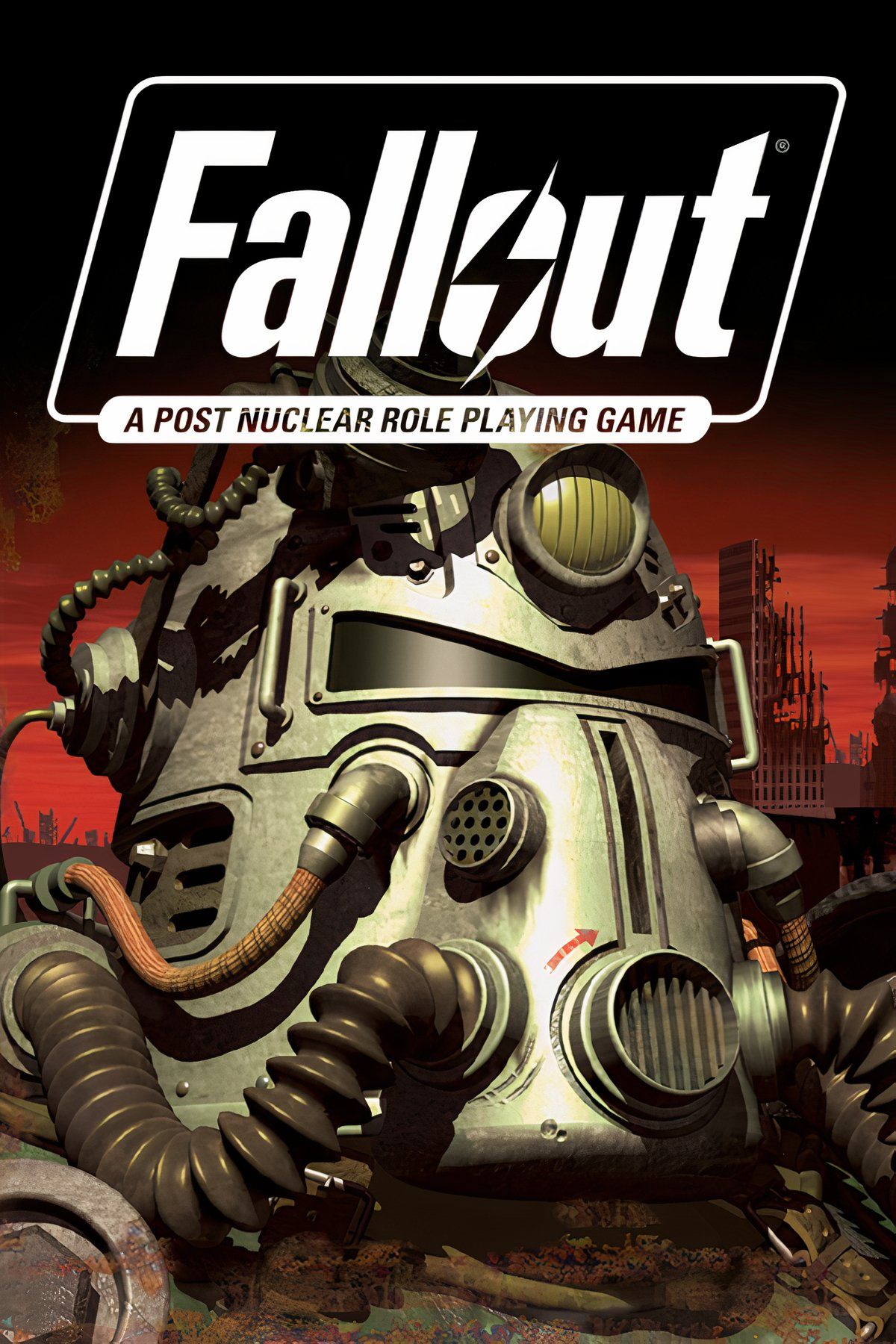
Fallout

- Released
-
October 10, 1997
- ESRB
-
m
- Developer(s)
-
Interplay
- Publisher(s)
-
Interplay
- Engine
-
Creation Engine
Playing games, watching television and movies, and reading a book share a lot of similarities in terms of entertainment value. This makes it often unsurprising to learn that media originates in different forms, only to be later adapted.
As time goes on, many more developers will make games that use books as their starting point. For now, there are plenty of series that showcase how well stories can be adapted into interactive form.










Leave a Comment
Your email address will not be published. Required fields are marked *